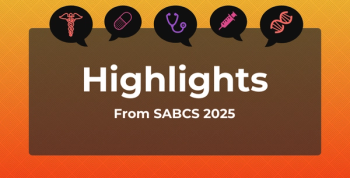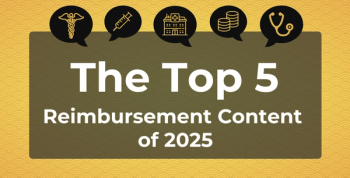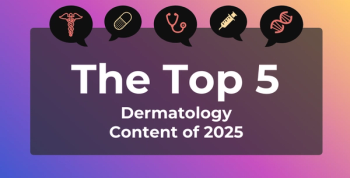
CMS Negotiated Drug Prices: Cardiologist's View on Affordability, Future Innovation
Ty J. Gluckman, MD, FACC, FAHA, of Providence St. Joseph Health, reacted positively to CMS' drug price cuts under the Inflation Reduction Act, but he also expressed concerns about the potential future impact on drug innovation.
Ty J. Gluckman, MD, FACC, FAHA, medical director of the Center for Cardiovascular Analytics, Research, and Data Science at Providence St. Joseph Health, explained that the recent CMS announcement of negotiated drug prices under the Inflation Reduction Act (IRA) is promising for reducing the costs of Medicare beneficiaries. However, he expressed concerns about unintentional consequences for future drug innovation.
Also, to ensure that high-risk patients receive effective therapies, Gluckman noted that the health care system must integrate a value-based insurance design, improve education, redesign care delivery, and utilize remote patient monitoring.
This transcript has been lightly edited for clarity.
Transcript
CMS recently announced the negotiated drug prices for the first 10 drugs under the IRA. What is your reaction to the announced prices?
As a clinician, it's exciting to be able to see reduced costs for some of the drugs that I prescribe that patients will benefit from. Overall, I think the biggest takeaway is that this will hopefully mean a lot for patients who are challenged by the ability to afford [drugs]. As you can imagine, as a cardiologist, the vast majority of my patients are insured under Medicare, therefore their pharmacy benefits are under Medicare, as well.
That being said, there's always a saying that goes in politics and health care, "No good deed goes unpunished." So, the question is, as we accelerate this process, not just for what happened this past week, but in the years to come, are there unintended consequences, either in terms of new drugs in the pipeline or the development of novel therapeutics that would be to the benefit of our patients?
I think that's the concern more in the back of my mind, but nonetheless a concern for the future for patients in years to come.
How can we better ensure the right patients are receiving the risk therapies, even if they are expensive, that will benefit them and prevent additional complications or reduce the risk of adverse cardiovascular events?
Some people have spent decades, if not their whole career, on this. Part of this occurs on the insurance side, with so-called value-based insurance design where you're attempting to better match what is covered for those who need it most rather than taking more of a one-size-fits-all approach in this regard.
I would say there's unequivocally an education piece, or a knowledge gap piece, but we also, I think, to be brutally honest, have a broken system. I think we need to figure out ways in which to redesign care delivery to ensure that those therapies with proven evidence that are shown to be cost-effective in populations get initiated in that population.
Remote patient monitoring provides another means by which to be able to ensure or at least identify gaps in care and be able to react more quickly than we otherwise have and traditionally continue to do. I think it really provides a means not only to ensure that people are getting so-called guideline-directed medical therapy or other therapies shown to be beneficial, but, in essence, are there patients out there who are doing swimmingly well? They're actually on all the right therapies. We may see them with the same frequency with those who actually have greater unmet needs. In fact, we could redesign how frequently we see people and sort of re-engineer our care around meeting the needs of those patients who have the greatest needs at any one time.
That's dynamic, so it will change, but I think there's a lot of basic infrastructure changes, systems-based approaches, that need to occur.
Newsletter
Stay ahead of policy, cost, and value—subscribe to AJMC for expert insights at the intersection of clinical care and health economics.








